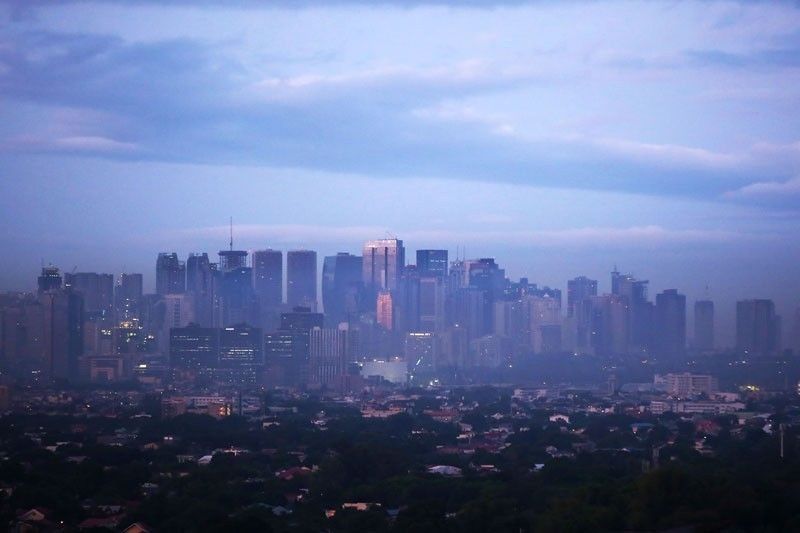
MANILA, Philippines — The Philippine economy is expected to register a substantial 15 percent growth in the second quarter, largely due to low base effects, but also owing to a tailored approach in restrictions following a second wave of COVID-19 cases, a foreign think tank said.
In its latest economic monitor, UK-based Pantheon Macroeconomics said gross domestic product (GDP) growth for the second quarter is likely at 15 percent, a huge turnaround from the record 16.9 percent contraction in the same period last year.
This is despite restrictions being reimposed at the beginning of the quarter in efforts to arrest the renewed surge in COVID-19 cases.
Pantheon senior Asia economist Miguel Chanco said expectations for a bad second quarter turned out to be fairly benign even amid the situation.
“The government’s more tailored approach to restrictions appears to have paid off, though mobility indicators also suggest that compliance or enforcement – likely both – was comparatively lax this time around,” Chanco said.
While Metro Manila and nearby provinces returned to the same quarantine classification as last year, adjustments were made and the economy avoided a complete halt.
Unlike in April 2020, all modes of public transportation were allowed at certain capacity while more businesses were permitted to operate this time.
“The Philippine economy looks miraculously to have survived the second wave of COVID-19 without any major scars. Our call for a mild double-dip in GDP admittedly no longer holds water in light of this week’s data,” Chanco said.
Chanco was referring to the massive rebound in factory output as well as in foreign trade as both exports and imports registered hefty upticks in April.
For the whole of 2021, Pantheon also revised upward its GDP forecast to 6.6 percent from its previous projection of 5.4 percent growth.
The latest forecast now falls well within the government’s target of six to seven percent GDP growth for the year.
Nonetheless, Chanco argued that the second half of 2021 would remain challenging for the Philippines as COVID-19 anxieties would continue to weigh on consumer and business confidence.
“The weakness of the labor market and the consequent absence in real wage growth amid stubborn inflation will also continue to hold back spending,” Chanco said.
“Demand for labor clearly is struggling, creating an increasingly wide gap amid the recovery in supply. Job openings have bottomed out, though they essentially have been stuck at around a third of the pre-COVID norm since the second quarter of last year,” he said.
Article and Photo originally posted by Philippine Star last June 11, 2021 12:00am and written by Louise Maureen Simeon.







More Stories
Vista Land Celebrates 50 Years with Sandiwa: An Event Honoring Leadership, Legacy, and the Filipino Dream of Homeownership
Vista Land Celebrates Love Month in Ilocos Region
Vista Land Bridges Cebuano Heritage and Progress with Valencia by Vista Estates